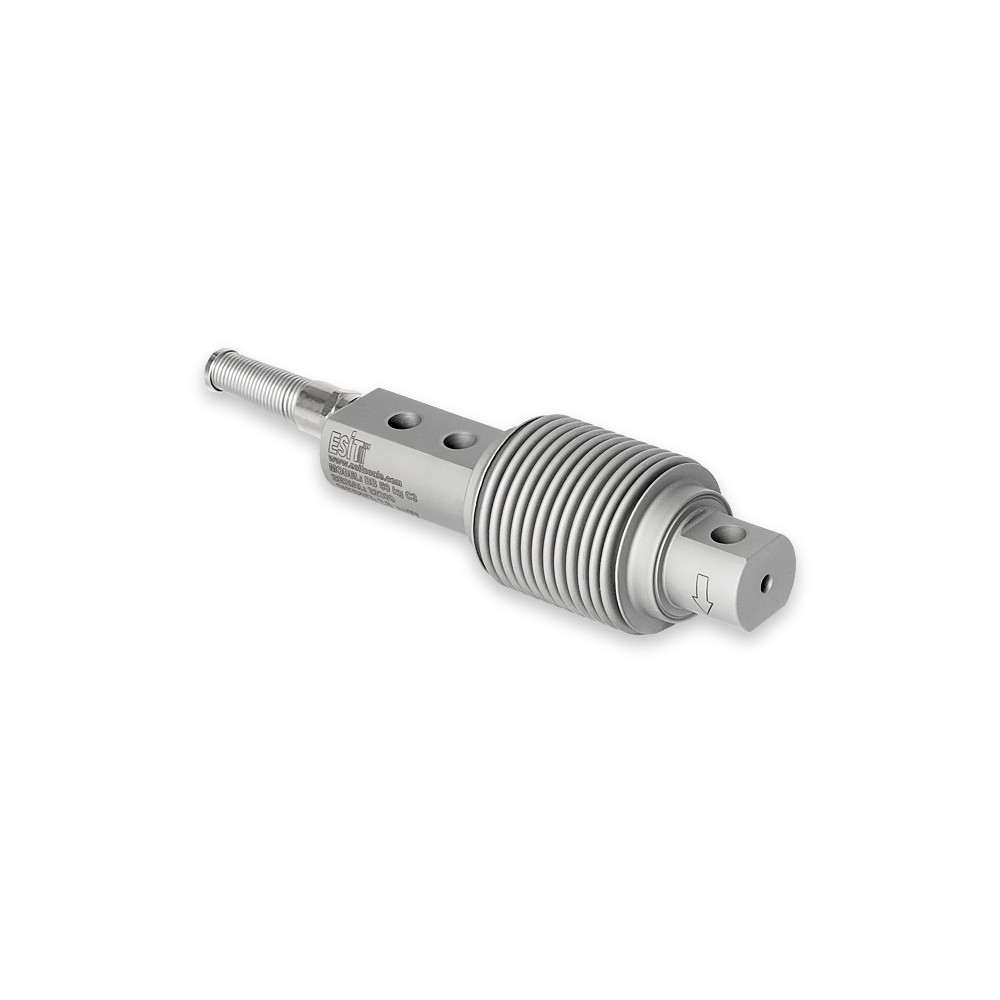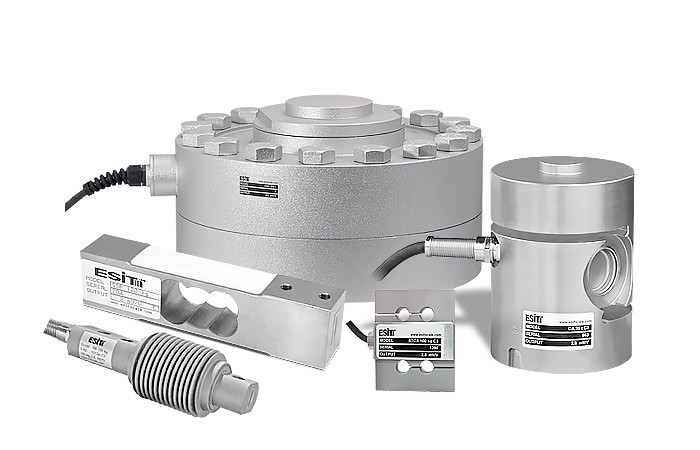
ESIT BB-20 20kg. BEAM TYPE LOAD CELL
ESIT_BB-20
The BB bending beam load cell has been developed for use in electronic weight and force measurement applications under industrial conditions.
They are mostly used in low capacity applications such as tank weighing systems, platform scales, bagging and batching machines, and conveyor belt scales. A good level of sealing is achieved by a bellow covering the strain gauge area on the stainless steel body of the load cell.





